Can aquaculture replace unsustainable fisheries?
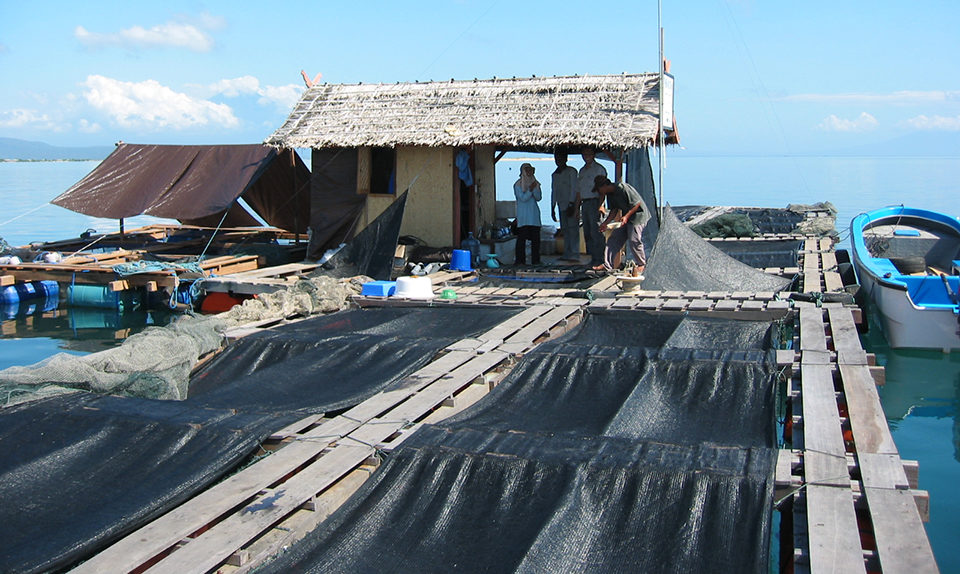
Much has been written about the global trade in live reef fish and the impacts it has had on the fisheries and coral reefs of developing countries, particularly in Asia and parts of the Pacific. Because of the high prices paid for live reef fish, overfishing of species such as groupers and Napoleon wrasse, (Cheilinus undulates), is a common problem throughout their range. Another widespread environmental problem is the use of sodium cyanide to capture reef fish. The poison can affect both coral reef environments and the health of fishers and communities involved in the trade.
Aquaculture development
Problems in the live reef food fish trade have prompted the development of aquaculture ventures for high-value marine finfish species throughout Asia. However, because of technical constraints in regard to fingerling production (including low or variable survival in hatcheries), much of this aquaculture production has until recently been supported by the capture of fingerlings from the wild.
The capture of juvenile fish for grow-out involves everything from tiny postlarvae to juveniles several months of age. In many cases, particularly those in which juvenile fish would be expected to have low levels of natural mortality in the wild, juvenile capture fisheries can make a significant contribution to local overfishing of target species. The long-term sustainability of reef fish aquaculture requires that hatchery production of juveniles replace wild capture and its associated environmental impacts.
Seedstock production
The development of hatchery production technologies for groupers – which are among the highest-value species in the live reef food fish trade – has been supported by many agencies worldwide. In the Asia-Pacific region, this issue has been the focus of a major multinational research project funded by the Australian Centre for International Agricultural Research and Asia-Pacific Economic Cooperation (APEC). One of the outcomes of these projects was the formation of the Asia-Pacific Marine Finfish Aquaculture Network, described in the February 2003 issue of the Global Aquaculture Advocate.
Hatchery production of grouper fingerlings in Indonesia has increased dramatically in the last few years. In 2002, Indonesian hatcheries produced 2.6 million tiger groupers, (Epinephelus fuscoguttatus); 0.7 million humpback groupers, (Cromileptes altivelis); and 2,000 fingerlings of estuary groupers, (E. coioides). Most of this production came from a number of small-scale “back-yard” hatcheries in Bali that produce a range of marine finfish, principally milkfish, Chanos chanos. Currently, around 70 Indonesian hatcheries produce grouper fingerlings.
This increase in hatchery production has undoubtedly impacted the nature of grouper aquaculture in Indonesia. Depending on the figures used, and assuming a 50 percent survival from fingerling to average harvest size of 700 g, this fingerling production represents 15-30 percent of the production of farmed groupers in Indonesia.
In the Lampung area of Java, cage aquaculture of groupers and other high-value marine finfish is thriving. At least 90 percent of the fish cultured in these cages are sourced from hatchery-reared fingerlings produced locally or in Balinese hatcheries.
Farmer preferences
An interesting trend in this increase in hatchery production is that it is limited to only a few species, while the live reef food fish trade is well known for its diversity of product. The major reason for this pattern is farmer demand. Indonesian farmers want hardy species that grow rapidly and reach market size within one year.
The species in highest demand is the tiger grouper, which brings good farm gate prices of U.S. $7 to 9. The fish grow to market size in around nine months and are a relatively hardy species that survives well in cage culture environments. As production volumes increase, prices will likely decline.
In contrast, the much higher-valued (U.S. $29 to 32) humpback grouper takes around two years to reach market size and has a reputation of being much more delicate in cage culture. Consequently, farmer demand for this species has declined, and many of the fingerlings produced in Balinese hatcheries are destined for the ornamental fish market.
Full-cycle aquaculture technology does not exist, or is not yet commercially viable, for a number of high-value species. These include the coral trouts, Plectropomus sp., and the Napoleon wrasse. Consequently, the bulk of these species will continue to be supplied from wild capture for the foreseeable future.
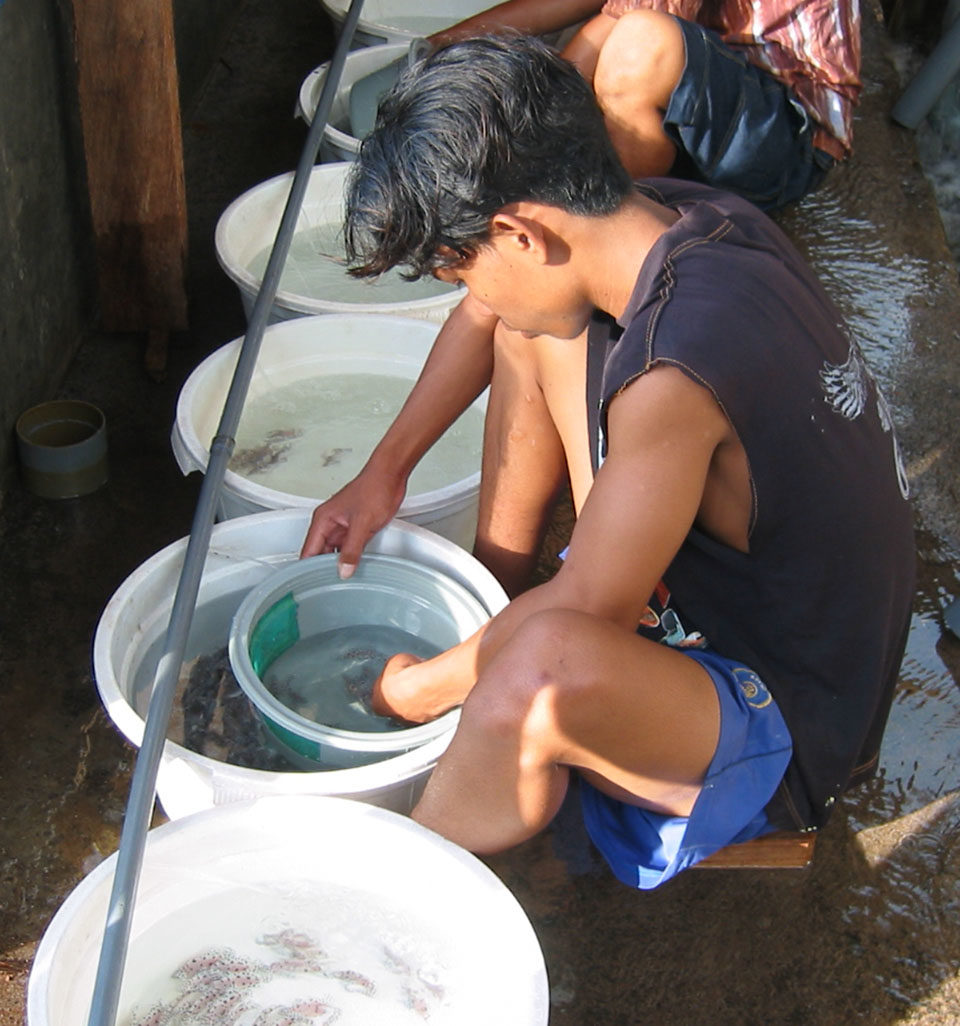
Economic factors
The back-yard hatcheries that have proliferated in northern Bali are important contributors to the local economy. Since the hatchery technology was introduced by the Gondol Research Institute for Mariculture (GRIM) in 1993, the boom in the industry there has seen many local people turn their coconut plantations into hatcheries. While many larger hatcheries are owned by entrepreneurs from Java or even Taiwan, many smaller hatcheries are locally owned. Both large and small hatcheries are an important source of local employment, and associated industries such as fish brokering provide “flow-on” economic benefits.
In at least some cases, fishers involved in destructive fishing practices are making the move to farming. The experimental grow-out cages introduced by GRIM in the Pegametan area of northern Bali, for example, have attracted commercial cage operations to the same area. Some fish collectors who used cyanide and other destructive fishing practices to harvest aquarium fish in this area have constructed their own cages and are now involved in the grow-out of hatchery-reared groupers.
The GRIM staff estimates that up to 80 percent of the effort that went into collecting aquarium fish using destructive practices now goes into aquaculture. Recent initiatives by APEC governments, nongovernmental agencies, and industry in Asia to develop standards for the live reef food fish trade are likely to fuel further moves toward aquaculture as an alternative source of supply for high-value reef fish.
Aquaculture alternatives
Aquaculture has the potential to replace the destructive nature of most capture fisheries for live reef food fish with sustainable technologies and provide alternative livelihoods for people involved in unsustainable fishing. However, its success will require a substantial investment in research, development, and capacity building among government agencies and industry in the Asia-Pacific region.
Sustainable aquaculture requires a host of technologies, including hatchery programs, low-impact compounded diets, and the development of coastal management strategies that incorporate aquaculture as part of an overall management plan. Concerns over unsustainable aquaculture practices, particularly the use of wild-caught feed for reef fish, also need to be addressed through better farming methods. Market incentives, such as labeling products from farms that use more sustainable practices, could play a role in the overall success of reef fish aquaculture.
(Editor’s Note: This article was originally published in the February 2004 print edition of the Global Aquaculture Advocate.)
Now that you've reached the end of the article ...
… please consider supporting GSA’s mission to advance responsible seafood practices through education, advocacy and third-party assurances. The Advocate aims to document the evolution of responsible seafood practices and share the expansive knowledge of our vast network of contributors.
By becoming a Global Seafood Alliance member, you’re ensuring that all of the pre-competitive work we do through member benefits, resources and events can continue. Individual membership costs just $50 a year.
Not a GSA member? Join us.
Authors
-
Dr. Mike Rimmer
Principal Fisheries Biologist
Agency for Food and Fibre Sciences – Fisheries and Aquaculture
Department of Primary Industries
Northern Fisheries Centre
P.O. Box 5396
Cairns, Queensland, Australia[117,97,46,118,111,103,46,100,108,113,46,105,112,100,64,114,101,109,109,105,114,46,101,107,105,109]
-
Sih-Yang Sim
Coordinator
Asia-Pacific Marine Finfish Aquaculture Network
Network of Aquaculture Centres In Asia-Pacific
Bangkok, Thailand -
Dr. Ketut Sugama
Director
Research Centre for Aquaculture
Agency for Marine Affairs And Fisheries Research
Jakarta, Indonesia -
Dr. Mike Phillips
Environmental Specialist
Network of Aquaculture Centres In Asia-Pacific
Bangkok, Thailand
Related Posts
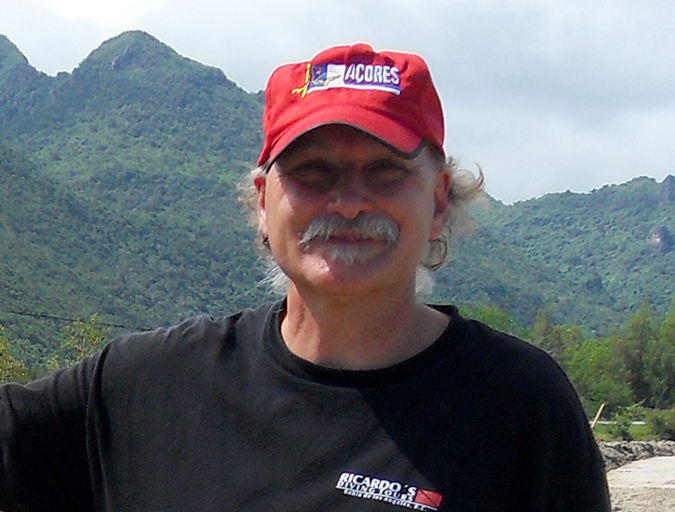
Innovation & Investment
Aquaculture Exchange: Barry Costa-Pierce, UNE
University of New England Professor Barry Costa-Pierce says aquaculture is often neglected in studies examining ocean health and ecosystem and resource management. The “Ocean Prosperity Roadmap” released this summer, he said, was more of the same.
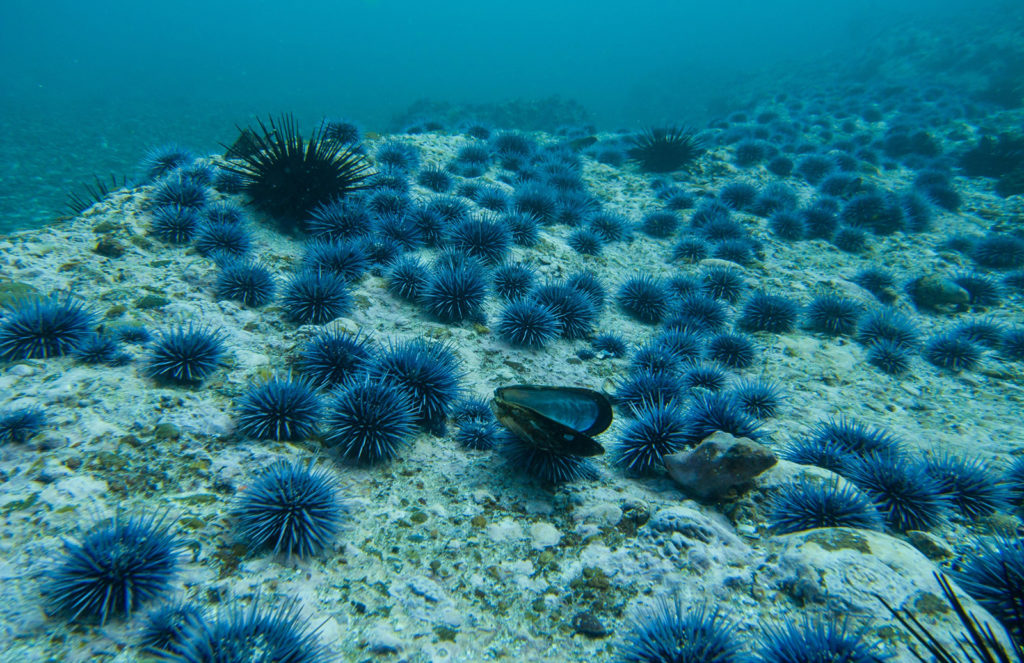
Responsibility
Can ranching ‘zombie urchins’ boost uni, save kelp forests?
With Norwegian knowledge and a partnership with Mitsubishi, Urchinomics aims to turn worthless empty urchins into valuable seafood while restoring kelp forests and creating jobs.
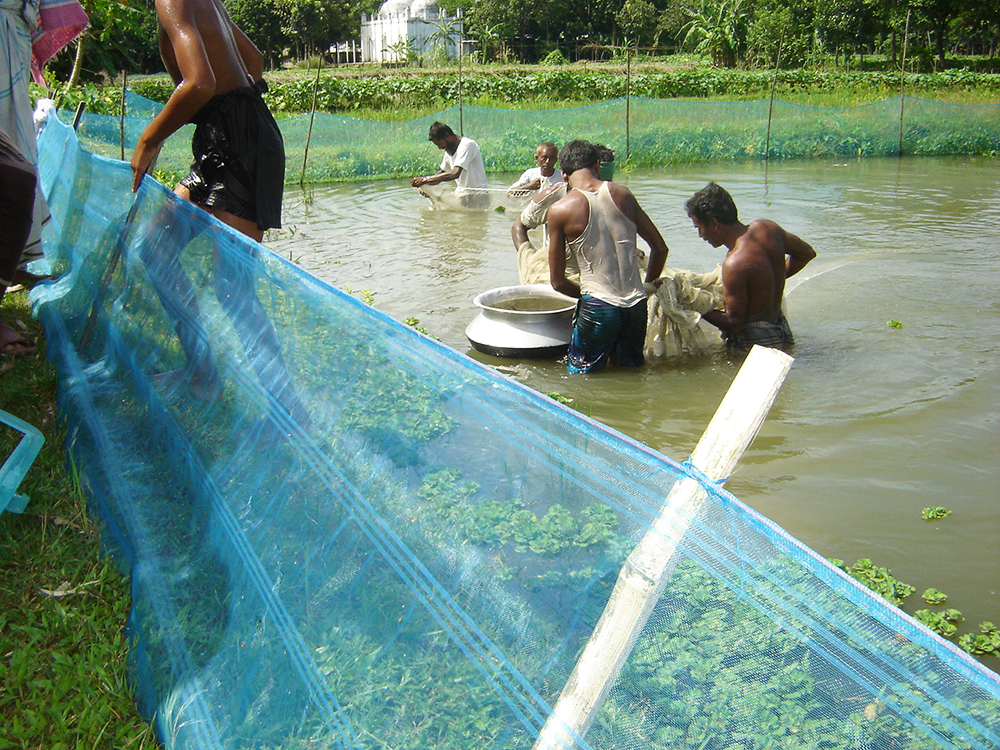
Responsibility
How will climate change impact seafood production?
Much work is needed to properly address and prepare for the potential impacts of climate change, and to continue increasing the contribution of seafood production to feed a growing human population.
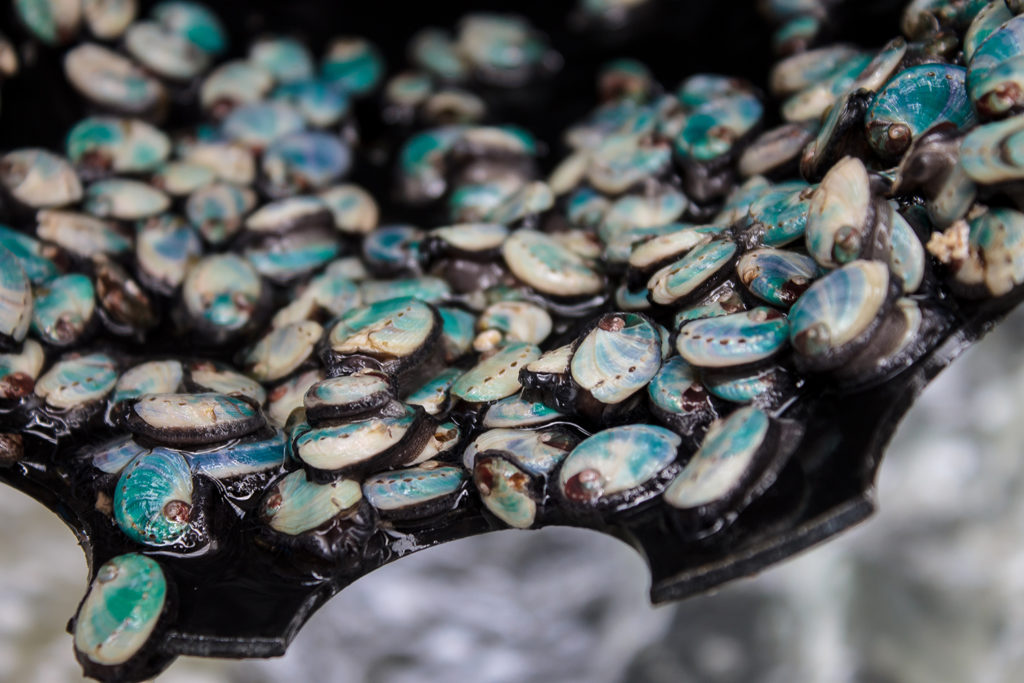
Responsibility
In South Africa, abalone farming goes for gold
Poaching has plagued South Africa’s abalone to the point of decimation. Aquaculture is putting the shellfish back in the water, and back on menus.


